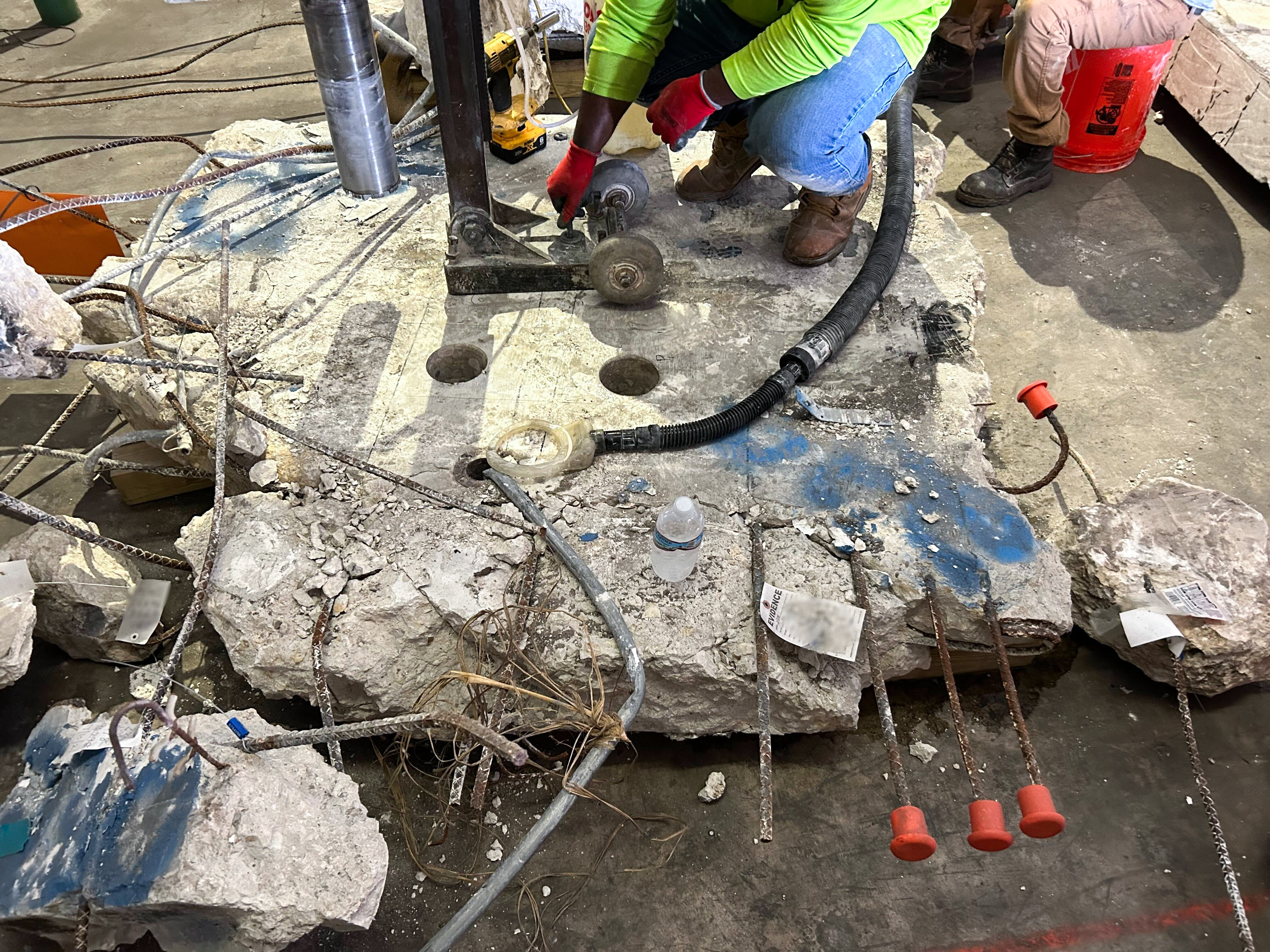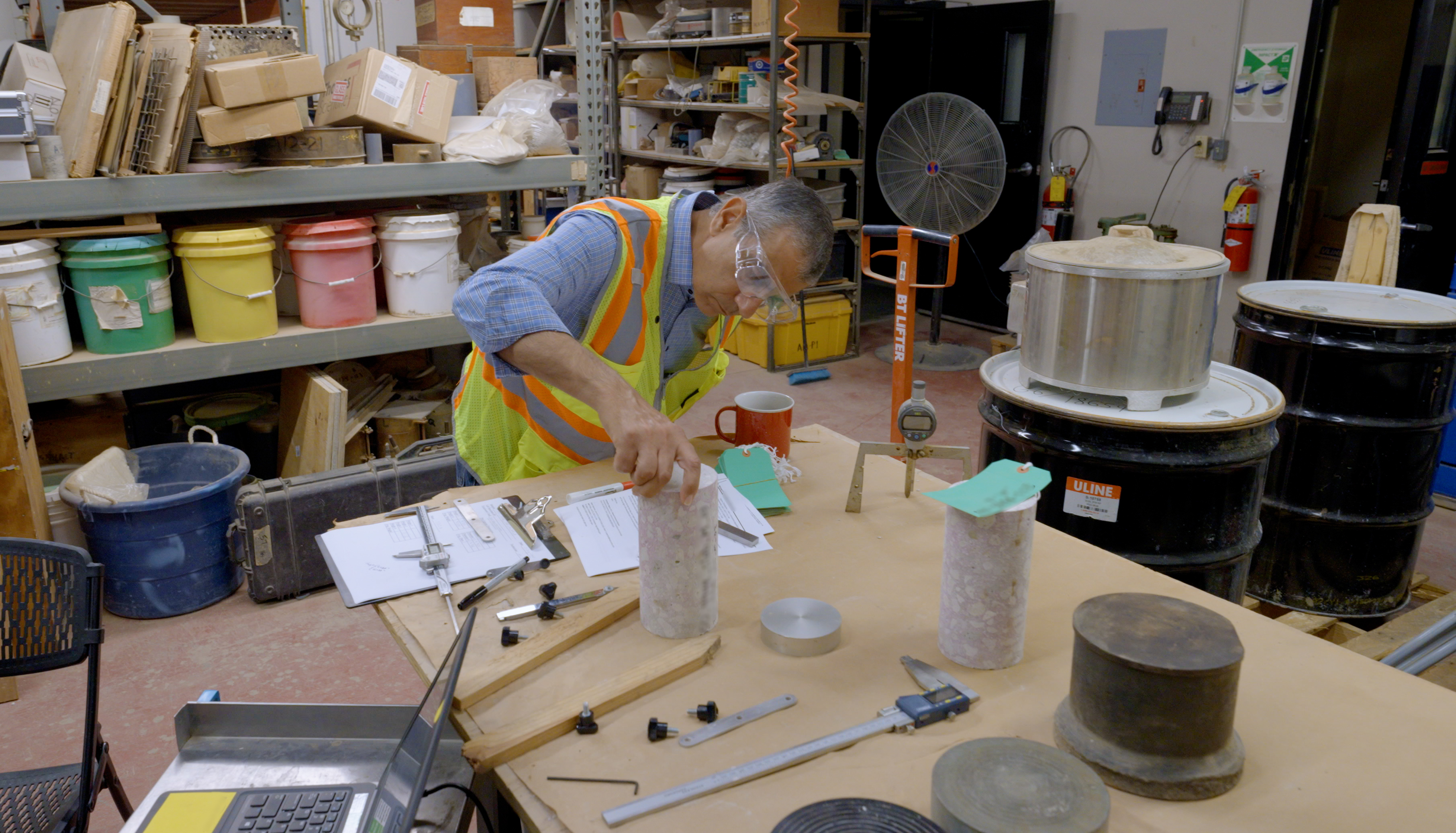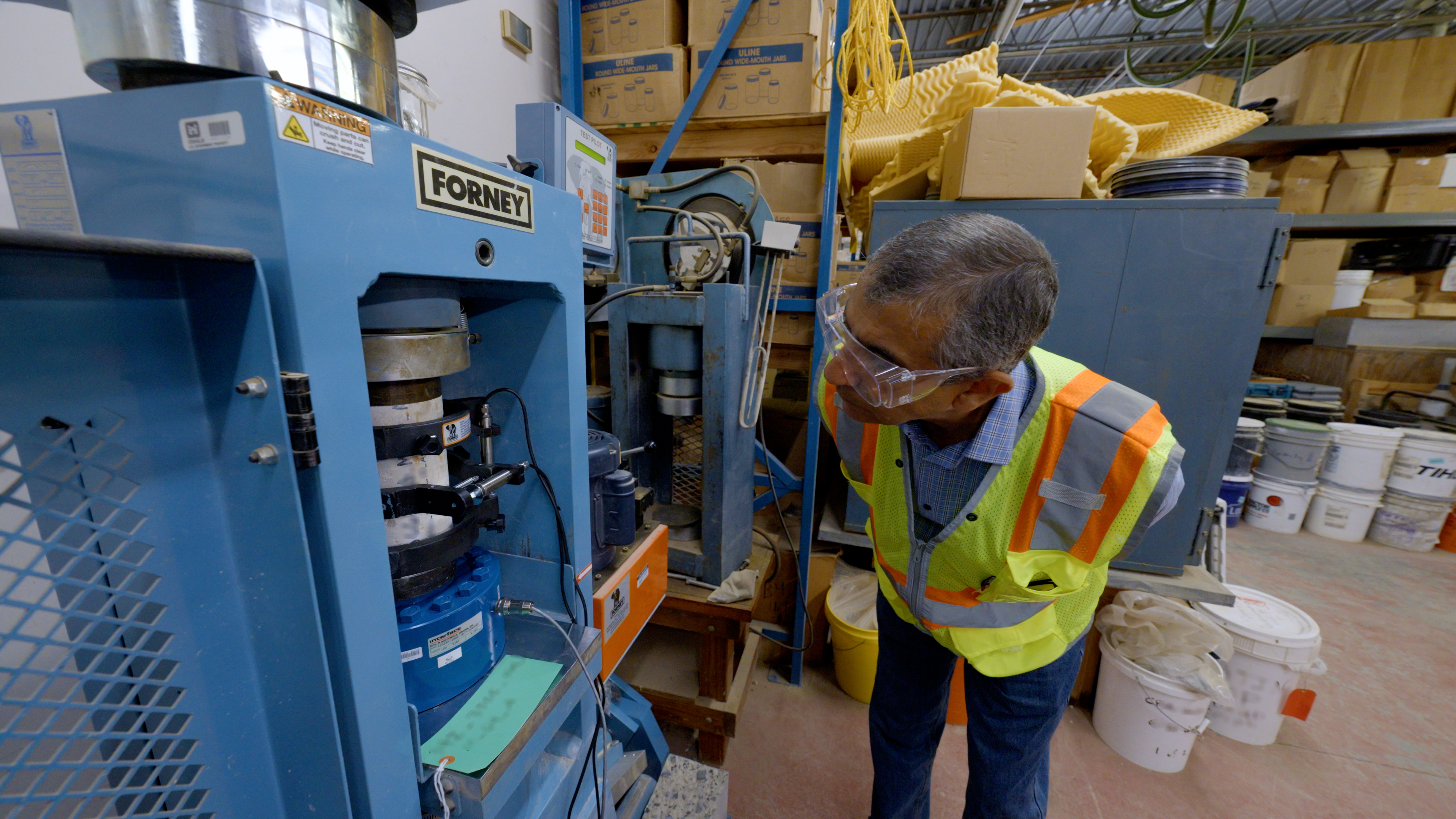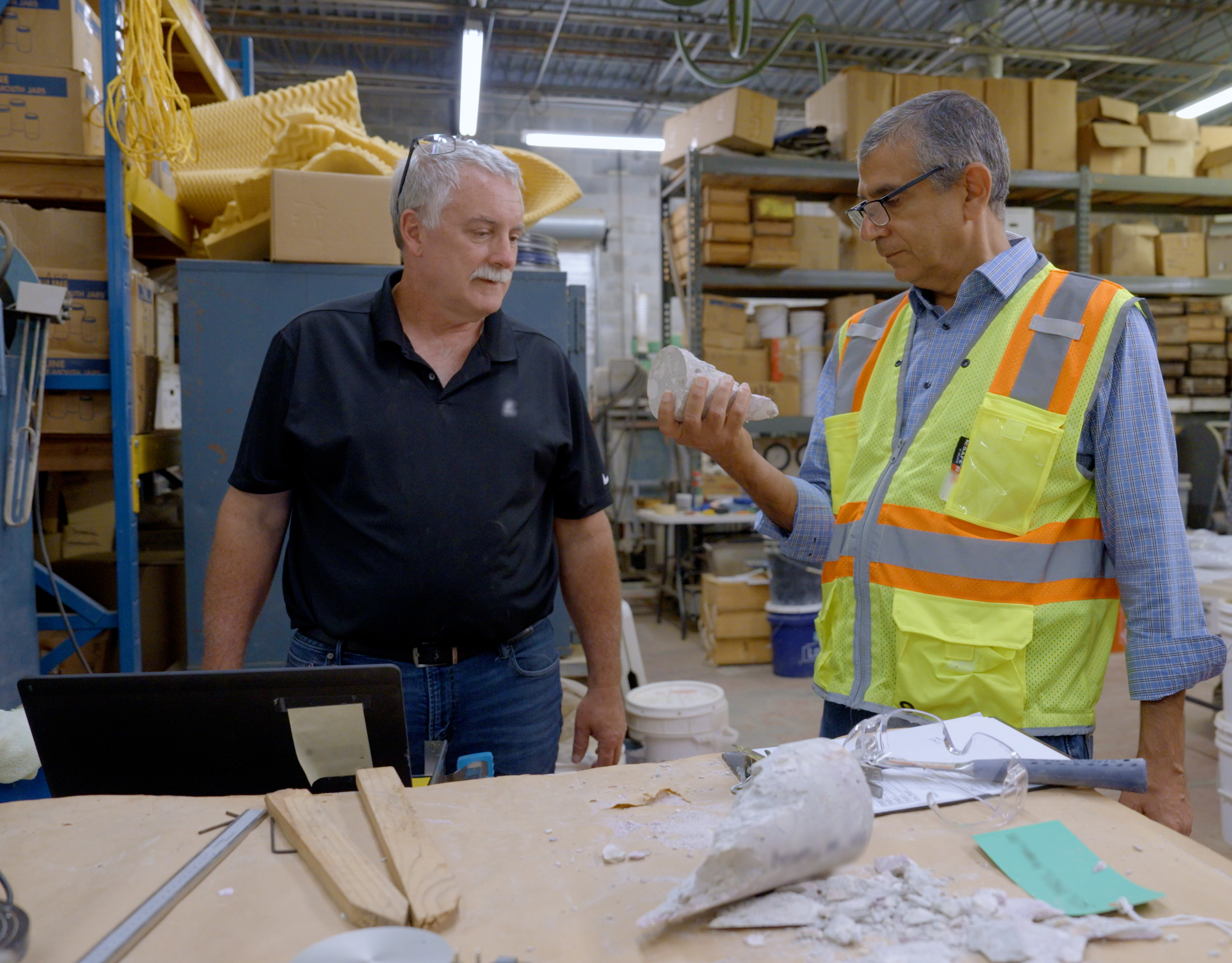NIST Provides Update on Investigation Into the Collapse of Champlain Towers South
Preliminary evaluations show additional deviations from design in pool deck construction, no underground voids.

GAITHERSBURG, Md. — Today, in a meeting of the National Construction Safety Team (NCST) Advisory Committee, investigators from the National Institute of Standards and Technology (NIST) shared details of their investigation into the partial collapse of the Champlain Towers South building in Surfside, Florida. They highlighted preliminary evaluations of the data collected on site conditions and additional deviations from design in the construction of the building’s pool deck.
Shortly after the June 24, 2021, partial collapse of the Champlain Towers South building, NIST established a team to conduct a technical investigation into its cause. The NCST Act authorizes NIST to investigate building failures and recommend changes to building codes, standards and practices, with the goal of improving building safety nationwide. NIST’s role under the act does not include determining whether there was a criminal act or violation, and NIST does not determine any associated culpability.
“Understanding exactly what caused this collapse is taking meticulous investigation and the collection of copious amounts of evidence and information,” said Joannie Chin, director of NIST’s Engineering Laboratory. “Our team members are dedicated to unraveling the complexities of this tragic event, and their rigorous research and analysis will not only help us understand the likely technical cause of the collapse but will improve the safety of our communities.”

The team has been studying subsurface conditions of the site to determine if sinkholes or excessive settling of the pile foundations might have contributed to the collapse. The preliminary evaluation of the data collected indicates that approximately one quarter of an inch or less of settling occurred in the pile foundations supporting the pool deck structure and basement, which would have had minimal impact on the pool deck structure. The preliminary evaluation did not reveal evidence of sinkholes that could have created voids under the foundation.
The team’s preliminary evaluation of physical and historical evidence also revealed how the construction of the pool deck deviated from design requirements. This adds to the low margins against failure that were first announced at the June 2023 NCST Advisory Committee meeting (see that presentation here). Specifically, the team found that the number of slab reinforcing bars centered over vertical columns was inadequate and that the reinforcing bars in the top of the slab in the vicinity of the columns were spaced farther apart than the design required. These deviations weakened the slab-column connections.
“We have been making progress on a number of fronts,” said Glenn Bell, NIST’s associate lead for the Champlain Towers South investigation. “If we can continue on our current schedule, we expect our technical work to be substantially completed in late June of 2024 so that we can release our report with findings and recommendations in late June of 2025.”

In May 2023, a portion of the evidence was moved into a second warehouse that provided enough space to safely access the specimens. To date the team has extracted more than 300 concrete cores and rebar samples and has begun materials testing. So far, the average tested concrete strength for various types of structural elements such as slabs and columns exceeds the specified design strength for those elements. The team will continue to conduct strength tests and detailed statistical analysis before drawing general conclusions.
Based on testing of the building’s structural elements, the team has been able to procure materials similar to those used in the original construction. These materials will be used to build and test structural component mock-ups over the coming months.
“We have also made significant progress on our computer models used to simulate the collapse initiation and progression,” said Bell. “We have extended the model to represent the entire Champlain Towers South building and are populating it with data from many investigative activities, representing the condition of the building at the time of collapse.”

The team is actively seeking additional photos or videos of the building during the collapse and encourages anyone with such images to submit them via the NIST Disaster Data Portal. Members of the public are always welcome to submit relevant information or comments via the portal, email (disaster [at] nist.gov (disaster[at]nist[dot]gov)) and mail, and to sign up to provide comments during meetings of the NCST Advisory Committee, which are announced in advance in the Federal Register.
NIST will continue to provide updates on the investigation’s progress at NCST Advisory Committee meetings and on the investigation website.
During today’s advisory committee meeting, NIST also provided updates on its NCST investigation into the impacts of Hurricane Maria on Puerto Rico. The investigation team informed the committee it had completed data collection for all NCST projects in its effort to understand Hurricane Maria’s wind environment and the conditions that led to injuries and deaths; how critical buildings and designated safe areas within them performed — including their dependence on electricity, water, transportation and other infrastructure; how emergency communications systems performed; and the public’s response to such communications. The Hurricane Maria team will soon complete data collection on the National Windstorm Impact Reduction Program projects regarding the impacts to, and recovery of, selected businesses, hospitals and schools, as well as the critical social functions they provide. The draft final report for public comment on the Hurricane Maria investigation is expected in 2025.

